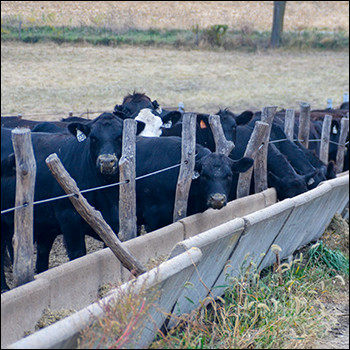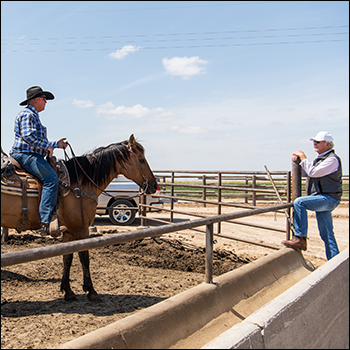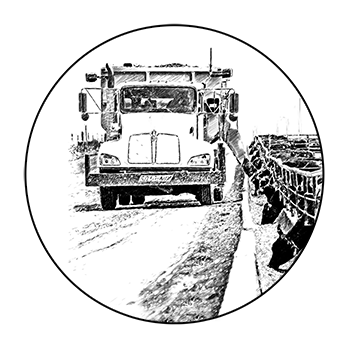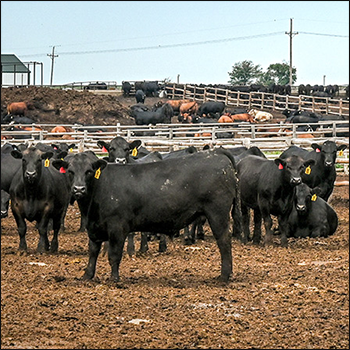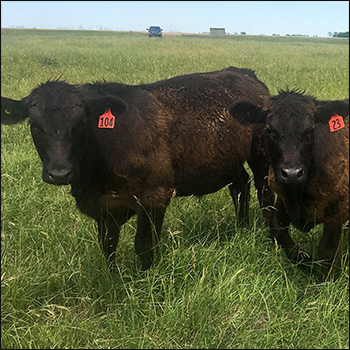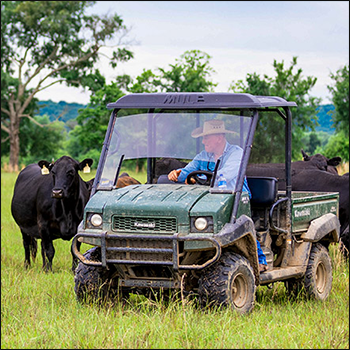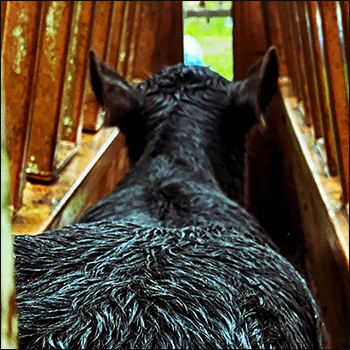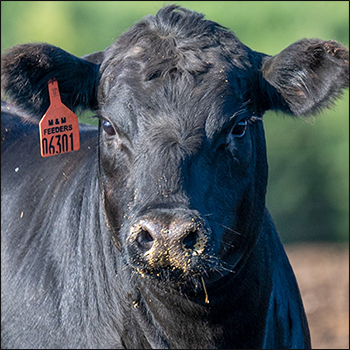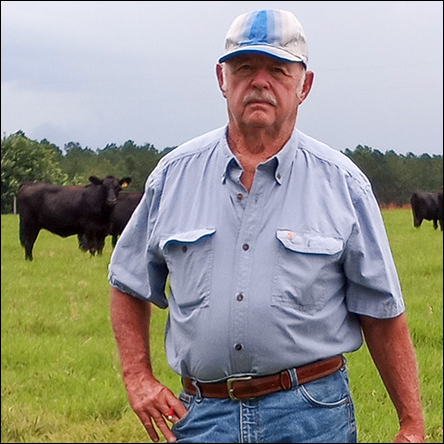Clostridial Culprits
Feedlot calves should be vaccinated against blackleg, tetanus and more.
Several deadly livestock diseases are caused by a group of bacteria called clostridia. They all can go dormant as spores when exposed to oxygen, heat or drying. The spores can remain viable in soil for many years, infecting animals later when ingested with feed or introduced into a wound. Spores can also exist within an animal’s body in latent state without causing disease, then suddenly come to life and multiply when conditions become favorable.
Clostridia can produce deadly toxins that can kill the animal if they get into the bloodstream. These bacteria multiply in the absence of oxygen — in a deep puncture wound that’s not exposed to air, bruised tissue with compromised blood supply, or in certain conditions within the digestive tract. When they multiply, they release deadly toxins faster than the body can mount a defense unless the animal was previously vaccinated, often causing sudden death.
 |
Blackleg causes muscle damage, shown here at a necropsy. |
Clostridial diseases are common in North America, especially regions with alkaline soil, according to veterinarian Robert Cope, Salmon, Idaho. All clostridium species are organisms that flourish without air, called gram-positive anaerobes, that remain in the form of spores in an oxygen-rich environment, he explains. They start multiplying when their habitat becomes low in oxygen. Different species affect different areas of the body — muscle, subcutaneous tissue, liver, or intestines.
“Species most common in cattle are Clostridium chauvoei, septicum and sordellii. C. chauvoei causes blackleg, and death occurs swiftly after these bacteria release their toxins. Dead calves bloat quickly, and subcutaneous gases accumulate, making a crackling sound when the skin is pressed. Necropsy usually reveals hemorrhage in and around affected muscle, and subcutaneous emphysema (gas),” he says. “C. septicum produces similar signs, but usually with fluid under the skin (called malignant edema), rather than gas. Signs are easily recognized at necropsy, along with characteristic odor. C. sordellii is similar. All three organisms generally affect young animals, often under a year of age.”
C. haemolyticum and C. novyi cause “redwater” and “Black’s disease,” most common in the Pacific Northwest, Gulf Coast regions and wherever there is habitat for Fasciola hepatica, a liver fluke, he says. These bacteria are ingested, absorbed from the gastrointestinal (GI) tract and carried to the liver. They lodge there until ideal anaerobic conditions are created by liver flukes.
“Since normal liver tissue is rich in oxygen, these bacteria don’t release toxins unless [the] oxygen level in the liver is greatly reduced,” says Cope.
Liver flukes, especially immature forms, damage and block blood supply to parts of the liver. Then the bacteria grow rapidly, releasing deadly toxins, resulting in rapid death of the animal, he explains. Since it takes time for flukes to produce the liver damage necessary to allow these bacteria to grow, these diseases generally affect older animals, but occasionally as young as yearlings.
The dead animals show extreme bloating shortly after death and often hemorrhage from all body orifices.
“Necropsy findings include severely decomposed liver, and rank odor — like liver that’s been lying in hot sun. These findings are similar whether redwater or Black’s disease,” he notes.
Hemorrhage from the kidneys causes dark red urine — thus the common name redwater.
C. perfringens causes “overeating disease,” also known as enterotoxemia.
“These bacteria produce more than one type of toxin. C. perfringens may create types A, B, C, D and E. Types B, C and D are most common. C. perfringens is a normal inhabitant of the intestine of cattle and sheep. Since there is very little free oxygen present in the gut, potential for disease is always present when an excess amount of nutrients reaches the intestines. If the excess is primarily protein, type B or C toxin is most often produced. If there’s more carbohydrate, type D is more common. Usually a large amount of gas is produced in the intestine, and young calves appear bloated. Affected calves can sometimes be successfully treated with antitoxin, but prevention is preferable with vaccination,” says Cope.
Tetanus occurs most commonly when calves are banded, because it creates necrotic tissue in the scrotum, or when cows retain placenta because there is rotting material within the uterus. The common seven-way and eight-way vaccines do not include tetanus, but there are some combinations on the market that do if tetanus is a problem in your region.
Editor’s note: Heather Smith Thomas is a cattlewoman and freelance writer from Salmon, Idaho. Photo by Deana Schenher.

